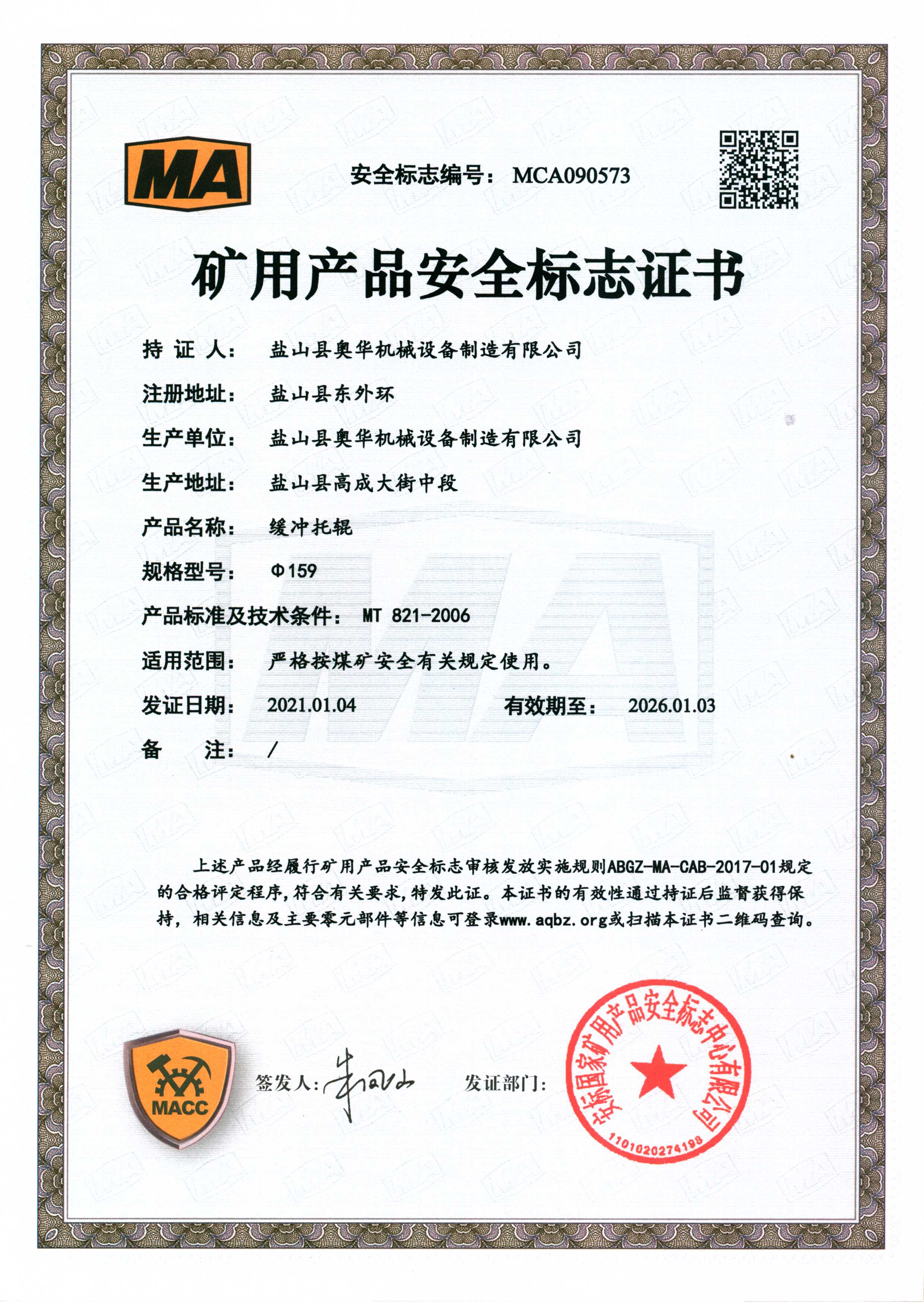 Afrikaans
Afrikaans  Albanian
Albanian  Amharic
Amharic  Arabic
Arabic  Armenian
Armenian  Azerbaijani
Azerbaijani  Basque
Basque  Belarusian
Belarusian  Bengali
Bengali  Bosnian
Bosnian  Bulgarian
Bulgarian  Catalan
Catalan  Cebuano
Cebuano  Corsican
Corsican  Croatian
Croatian  Czech
Czech  Danish
Danish  Dutch
Dutch  English
English  Esperanto
Esperanto  Estonian
Estonian  Finnish
Finnish  French
French  Frisian
Frisian  Galician
Galician  Georgian
Georgian  German
German  Greek
Greek  Gujarati
Gujarati  Haitian Creole
Haitian Creole  hausa
hausa  hawaiian
hawaiian  Hebrew
Hebrew  Hindi
Hindi  Miao
Miao  Hungarian
Hungarian  Icelandic
Icelandic  igbo
igbo  Indonesian
Indonesian  irish
irish  Italian
Italian  Japanese
Japanese  Javanese
Javanese  Kannada
Kannada  kazakh
kazakh  Khmer
Khmer  Rwandese
Rwandese  Korean
Korean  Kurdish
Kurdish  Kyrgyz
Kyrgyz  Lao
Lao  Latin
Latin  Latvian
Latvian  Lithuanian
Lithuanian  Luxembourgish
Luxembourgish  Macedonian
Macedonian  Malgashi
Malgashi  Malay
Malay  Malayalam
Malayalam  Maltese
Maltese  Maori
Maori  Marathi
Marathi  Mongolian
Mongolian  Myanmar
Myanmar  Nepali
Nepali  Norwegian
Norwegian  Norwegian
Norwegian  Occitan
Occitan  Pashto
Pashto  Persian
Persian  Polish
Polish  Portuguese
Portuguese  Punjabi
Punjabi  Romanian
Romanian  Russian
Russian  Samoan
Samoan  Scottish Gaelic
Scottish Gaelic  Serbian
Serbian  Sesotho
Sesotho  Shona
Shona  Sindhi
Sindhi  Sinhala
Sinhala  Slovak
Slovak  Slovenian
Slovenian  Somali
Somali  Spanish
Spanish  Sundanese
Sundanese  Swahili
Swahili  Swedish
Swedish  Tagalog
Tagalog  Tajik
Tajik  Tamil
Tamil  Tatar
Tatar  Telugu
Telugu  Thai
Thai  Turkish
Turkish  Turkmen
Turkmen  Ukrainian
Ukrainian  Urdu
Urdu  Uighur
Uighur  Uzbek
Uzbek  Vietnamese
Vietnamese  Welsh
Welsh  Bantu
Bantu  Yiddish
Yiddish  Yoruba
Yoruba  Zulu
Zulu Pressed Steel Bearing Housing Design and Applications in Modern Engineering Solutions
Pressed Steel Bearing Housing An Overview
Pressed steel bearing housings play a critical role in various mechanical applications, serving as robust support structures for bearings. These housings are essential components in many industries, including automotive, manufacturing, and machinery, where efficiency and reliability are paramount. This article delves into the significance, design, advantages, and applications of pressed steel bearing housings.
Significance of Pressed Steel Bearing Housings
Bearing housings are fundamental in maintaining the integrity and function of rotating machinery. They enclose bearings, providing structural support while ensuring correct alignment and reducing vibration. Pressed steel housings are particularly valued for their durability and lightweight characteristics. These housings safeguard bearings from contaminants, such as dust and moisture, enhancing their lifespan and functionality.
Design of Pressed Steel Bearing Housings
The design of pressed steel bearing housings typically involves the use of sheet metal, which is formed or pressed into shape. This manufacturing process allows for precise dimensions and consistent quality. The housings are designed to accommodate different types of bearings, such as deep groove ball bearings or roller bearings. Features like flanges, mounting holes, and lubrication ports can also be incorporated into the design, providing versatility for various applications.
One of the critical factors in the design process is material selection. Steel is commonly used for its strength and resilience, but the choice may also depend on the specific requirements of the application, such as environmental conditions and load capacity. In some cases, pressed steel housing may be treated with coatings or finishes to improve corrosion resistance and enhance longevity.
Advantages of Pressed Steel Bearing Housings
pressed steel bearing housing

Pressed steel bearing housings offer numerous advantages over alternative materials, such as plastic or cast iron. One of the primary benefits is their high strength-to-weight ratio, making them ideal for applications where weight savings are crucial. Furthermore, pressed steel is often more cost-effective than alternatives, reducing overall manufacturing expenses without compromising quality.
Another advantage is the ease of installation and maintenance. Pressed steel housings are designed for quick assembly, and their modular nature allows for easy replacement or adjustment. This efficiency is particularly beneficial in industries where downtime must be minimized.
Additionally, these housings provide excellent thermal conductivity, which helps dissipate heat generated during operation. Maintaining optimal temperatures is vital for the performance and longevity of bearings, making pressed steel housings an excellent choice for high-speed applications.
Applications of Pressed Steel Bearing Housings
Pressed steel bearing housings are widely used across various sectors. In the automotive industry, they are found in components such as wheel bearings, transmission systems, and powertrain assemblies. Manufacturing machinery, including conveyor systems and rotary equipment, also relies heavily on these housings for optimal performance.
In the agricultural sector, pressed steel bearing housings play a crucial role in a range of equipment, such as tractors and harvesters, where robustness and reliability are essential. Furthermore, they are increasingly used in renewable energy applications, including wind turbines, where effective bearing support is vital for operational efficiency.
Conclusion
Pressed steel bearing housings are indispensable components in modern machinery and equipment. Their design, advantages, and widespread applications highlight their importance in ensuring the reliable performance of rotating systems. As industries continue to evolve and demand higher efficiency, pressed steel bearing housings will remain a vital element in the engineering landscape, contributing to advancements in technology and manufacturing processes.
-
Revolutionizing Conveyor Reliability with Advanced Rubber Lagging PulleysNewsJul.22,2025
-
Powering Precision and Durability with Expert Manufacturers of Conveyor ComponentsNewsJul.22,2025
-
Optimizing Conveyor Systems with Advanced Conveyor AccessoriesNewsJul.22,2025
-
Maximize Conveyor Efficiency with Quality Conveyor Idler PulleysNewsJul.22,2025
-
Future-Proof Your Conveyor System with High-Performance Polyurethane RollerNewsJul.22,2025
-
Driving Efficiency Forward with Quality Idlers and RollersNewsJul.22,2025





























